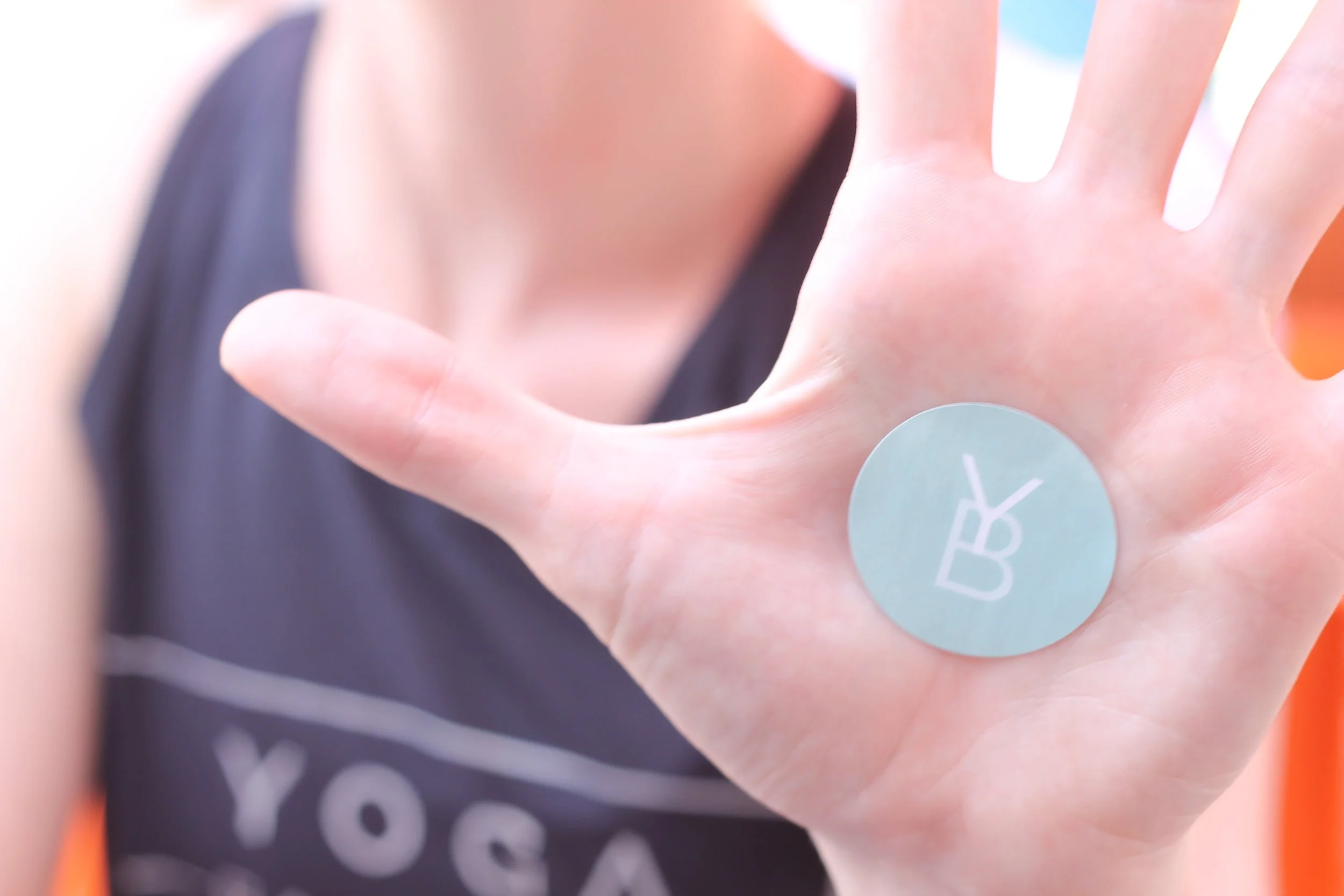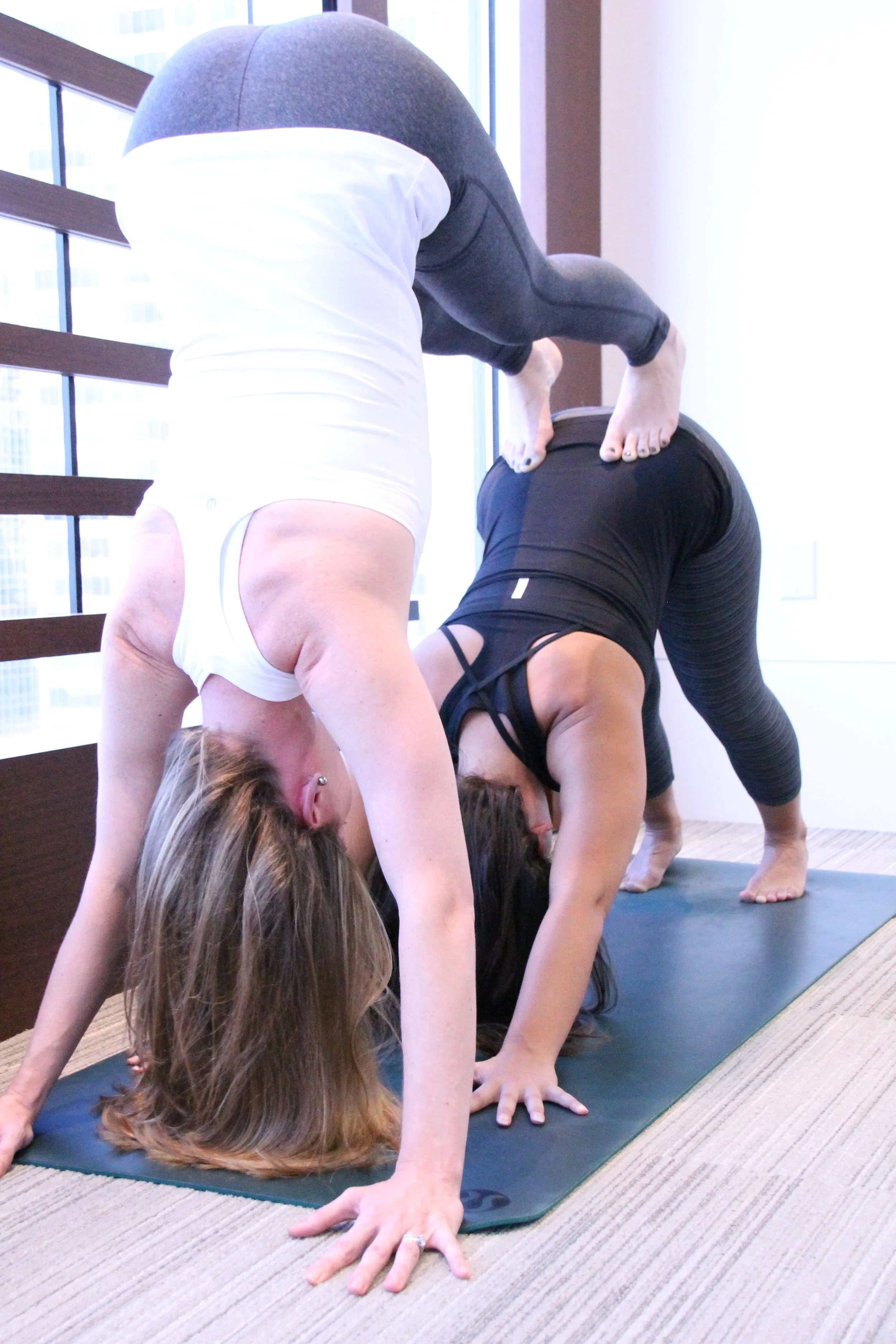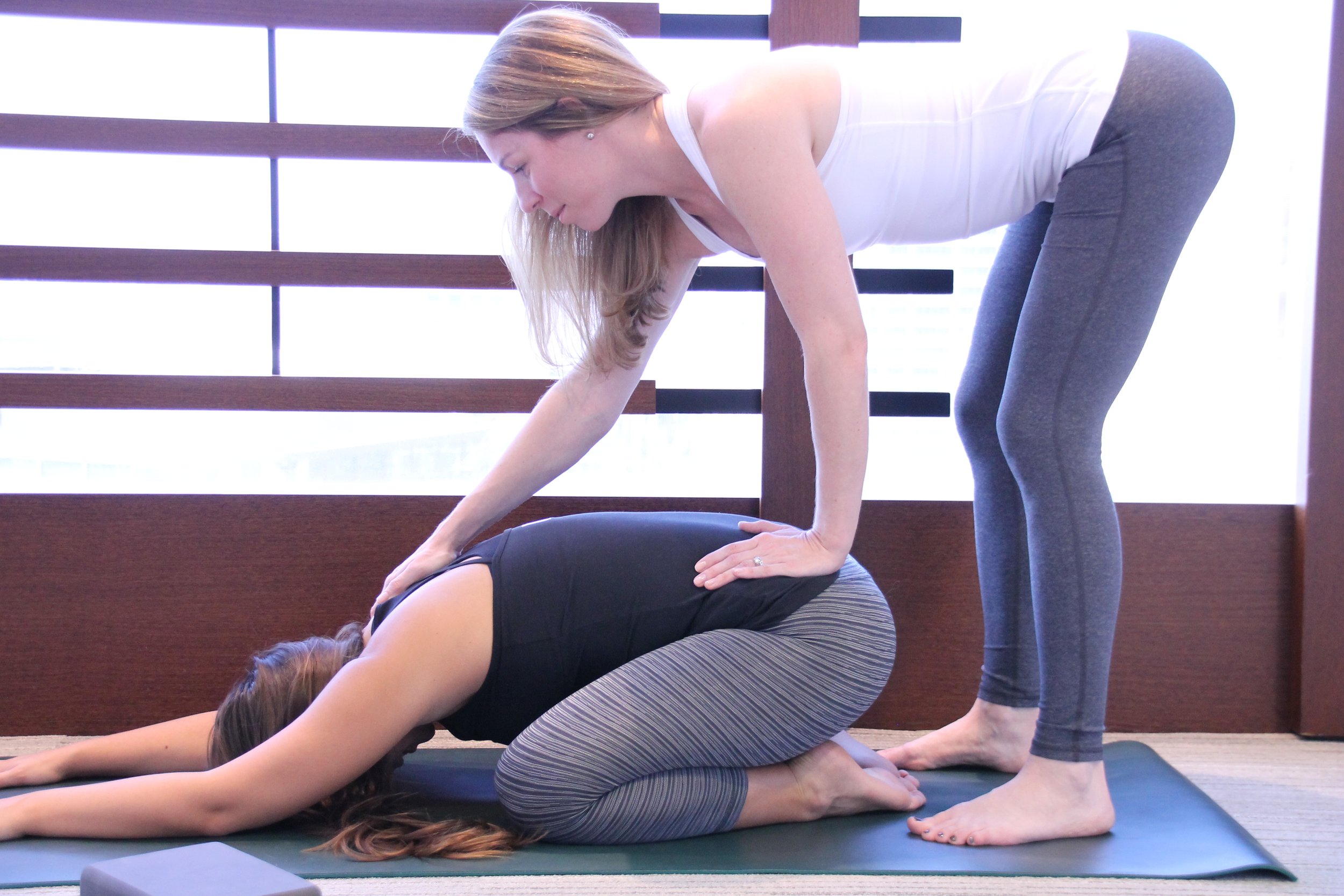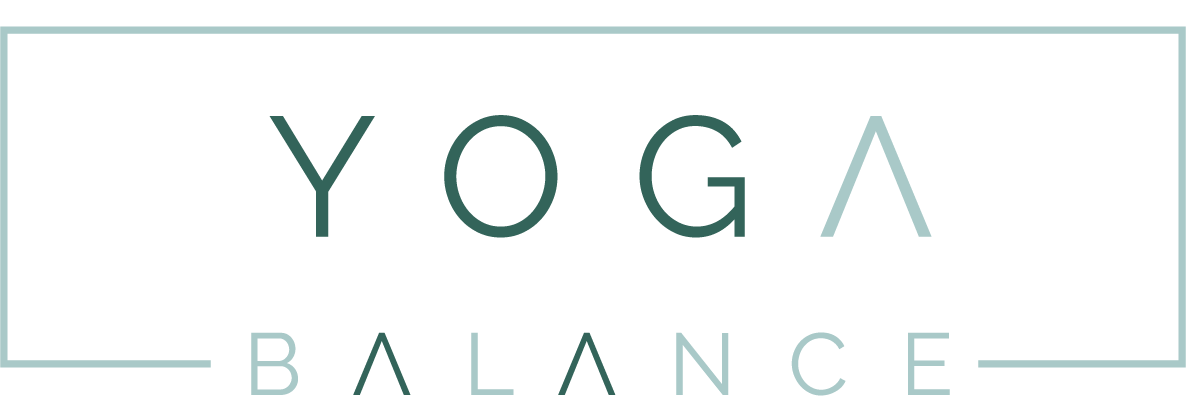8 Things I’ve Learned in 8 Years of Running a Private Yoga Business
This spring marks 8 years since I officially began teaching private yoga full-time. What started with a few mats in a car trunk and a lot of nervous excitement has become a steady, evolving practice—one that’s grounded me just as much as it’s helped my clients.
Along the way, one of the most important lessons has been this: to truly support others, I have to keep learning.
Over the years, I’ve invested in continuing education in anatomy, biomechanics, prenatal and postpartum care, injury recovery, nervous system regulation, and more. Every course, mentorship, and training deepens my ability to meet people where they are—with confidence, creativity, and care.
Private yoga is never one-size-fits-all. That’s why I take the responsibility seriously: to offer sessions that are not just safe, but also responsive, effective, and deeply personal.
Here are 8 other lessons I’ve learned, both on and off the mat:
⸻
1. Everyone’s body tells a story.
In private yoga, no two sessions are ever the same. Each client brings their own history—injuries, surgeries, births, habits, hopes—and it shows up in how they move. I’ve learned to listen not just with my ears, but with my eyes and intuition. There’s no such thing as a “normal” body—just people doing their best with what they’ve got and what they’ve lived through.
⸻
2. Healing isn’t linear.
Progress rarely moves in a straight line. One week, a client might feel strong and mobile; the next, they’re exhausted or tight or discouraged. That’s not a setback—it’s part of the rhythm. Real healing makes space for fluctuation. Some days we move forward, some days we rest, and both matter.
⸻
3. Convenience matters more than we think.
One of the biggest reasons clients stick with private yoga is simple: I come to them. When movement is integrated into real life—at home, around their schedule—it becomes sustainable. That’s often the key to consistency.
⸻
4. Private doesn’t mean perfect.
Most of my clients don’t have a long history with yoga—and they’re not trying to perfect a pose or master a complex sequence. They’re here to feel better in their bodies, move more freely, and carve out time for themselves in a busy life. Private yoga isn’t about performing; it’s about support, personalization, and making the practice work for you.
⸻
5. Listening is everything.
Over the years, I’ve learned that what someone says (or doesn’t say) before we unroll a mat often guides the session more than any planned sequence. A private yoga session is a conversation, not a script. The more I listen, the more effective I can be.
⸻
6. Flexibility isn’t a prerequisite.
You don’t need to touch your toes to start yoga. You don’t need to feel ready or look a certain way. What you do need is a willingness to begin where you are. Flexibility—physical and otherwise—comes with time, attention, and support.
⸻
7. Boundaries build longevity.
For this work to last—for me and my clients—I’ve had to learn the power of clear expectations, firm boundaries, and mutual respect. Things like cancellation policies, start times, and energy management aren’t just logistics—they’re what allow me to show up fully, to every client, every class, day after day, year after year.
⸻
8. Yoga is the “and.”
This has become a core philosophy for me. Yoga is not an either/or proposition. It’s recovery and strength. Structure and freedom. Work and rest. It’s the “and” that helps everything else work a little better.
⸻
Thank you for 8 years.
To my clients, colleagues, friends, and family—thank you for trusting me, supporting me, and growing alongside me.
This work continues to evolve, just like we do. Through ongoing study, a deep respect for individual needs, and a belief in the power of presence, I’m committed to offering private yoga that supports your real life—not just your practice.
Here’s to what’s next.



























